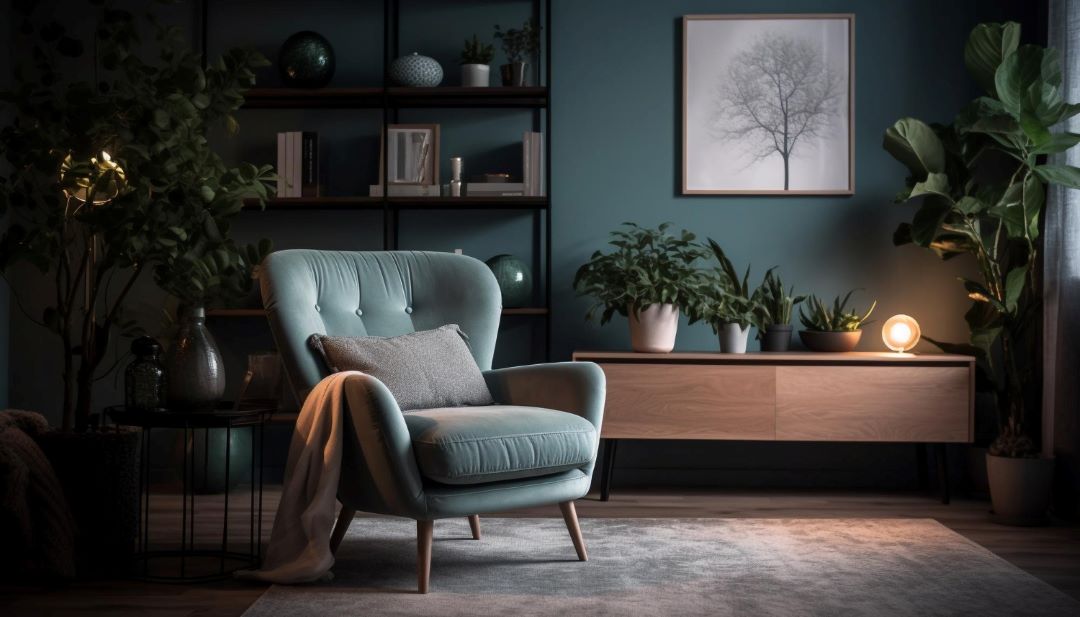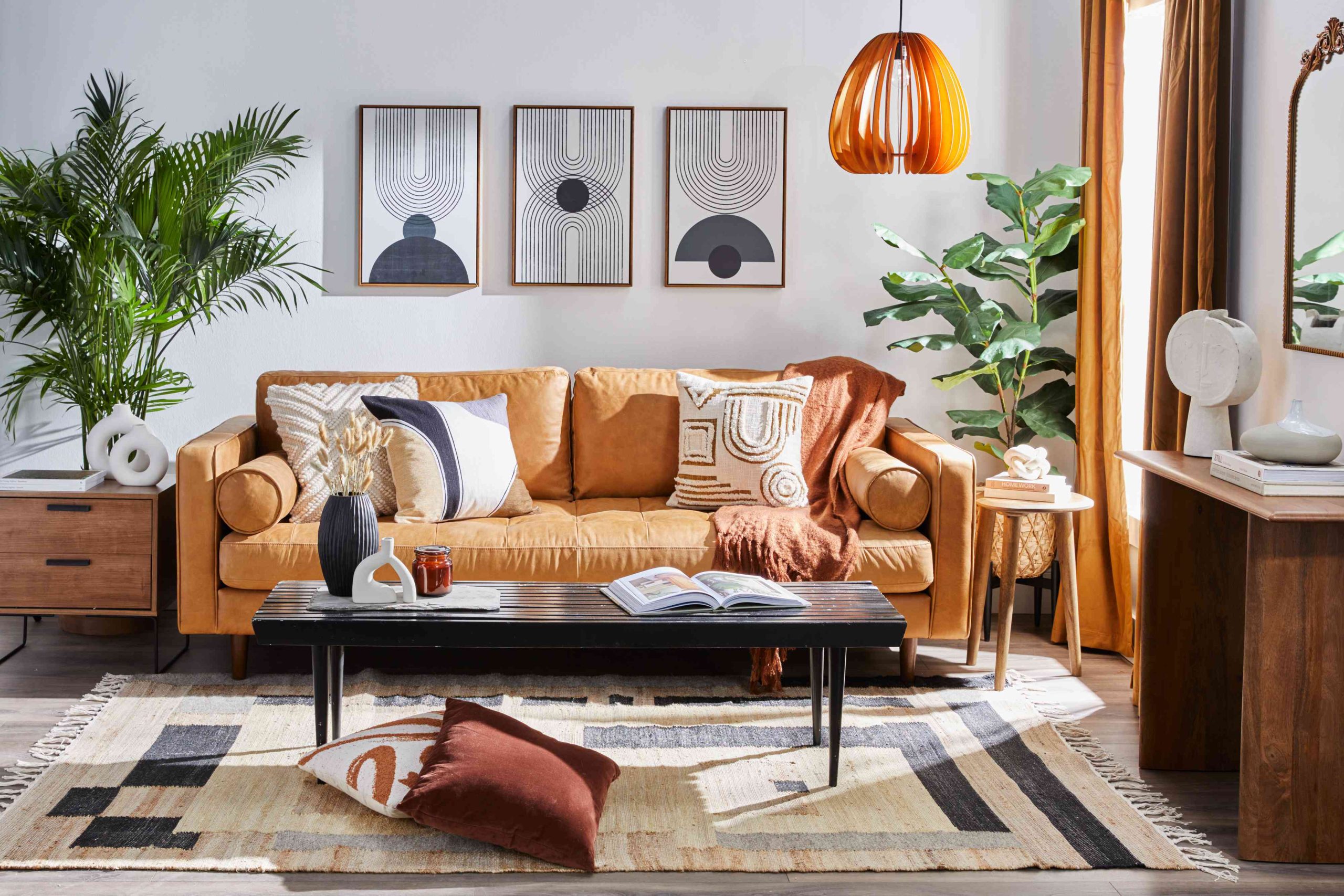In the world of interior design, an exciting intersection is emerging between smart home technologies and sustainable living. As homeowners seek to reduce their environmental impact and increase home convenience, smart technologies provide a solution.
The Convergence of Smart Home Technology and Sustainable Design
Understanding Smart Home Technology
Smart home technology refers to devices and systems that automate tasks, enhance comfort, improve security, and optimize energy use in homes. From smart thermostats to automated lighting systems, these technologies can be controlled remotely and customized to suit individual needs.
The Growing Importance of Sustainability in Interior Design
Sustainability in interior design refers to the practice of creating spaces that minimize environmental impact. It involves the use of eco-friendly materials, energy-efficient appliances, and design strategies that reduce energy consumption and waste.
Key Smart Home Technologies for Sustainable Living
Energy-Efficient Appliances
Energy-efficient appliances like smart refrigerators, washing machines, and dishwashers consume less energy and water, reducing the environmental impact and saving costs.
Smart Thermostats
Smart thermostats allow precise control over home heating and cooling, optimizing energy use and creating a comfortable living environment.
Automated Lighting Systems
Automated lighting systems can adjust the brightness of lights based on the time of day or occupancy, reducing unnecessary energy consumption.
Solar Energy Systems
Solar energy systems convert sunlight into electricity, providing a renewable and eco-friendly power source for homes.
The Role of Smart Home Technology in Reducing Carbon Footprint
Smart home technologies play a crucial role in reducing a home’s carbon footprint by optimizing energy consumption. By automating and regulating energy use, these technologies help to minimize wastage and encourage energy efficiency.
Integrating Smart Home Technologies in Interior Design
Planning for Smart Home Integration
Integrating smart home technologies requires careful planning to ensure that devices and systems fit seamlessly into the design of the home.
Choosing the Right Smart Home Technologies for Your Space
The choice of smart home technologies should reflect the specific needs and lifestyle of the homeowners, as well as the design and layout of the home.
Balancing Aesthetics and Functionality
While incorporating smart technologies, it’s essential to maintain a balance between aesthetics and functionality, ensuring that the devices enhance the home’s design while providing practical benefits.
Benefits of Incorporating Smart Home Technologies in Sustainable Design
Smart home technologies bring multiple benefits to sustainable design. They enhance comfort, increase energy efficiency, reduce environmental impact, and offer the convenience of remote control and automation. Furthermore, they can add value to a property and provide cost savings in the long run.
Real-world Examples of Smart Home Technologies in Sustainable Interior Design
The integration of smart home technologies in sustainable design is no longer a concept of the future; it’s happening now. For example, a smart home in California uses a solar energy system, energy-efficient appliances, and a smart thermostat to minimize its environmental impact. Homeowners can control and monitor their home’s energy consumption from a smartphone, demonstrating the potential of smart home technologies in sustainable living.
The Future of Smart Home Technologies in Sustainable Design
The future of smart home technologies in sustainable design looks promising. As technology continues to advance, we can expect even more innovative solutions that enhance sustainability and convenience. From AI-powered energy management systems to smart devices that recycle water, the possibilities are endless.
Conclusion
The rise of smart home technologies in sustainable interior design is revolutionizing the way we live. By integrating these technologies into our homes, we can create living spaces that are not only comfortable and convenient but also kind to the planet. It’s a trend that’s set to grow, transforming homes into smart, sustainable havens.
Frequently Asked Questions(FAQs)
What are some examples of smart home technologies?
Some common examples of smart home technologies include smart thermostats, automated lighting systems, energy-efficient appliances, home security cameras, smart locks, and smart home assistants like Amazon Alexa or Google Home.
How do smart home technologies contribute to sustainability?
Smart home technologies contribute to sustainability by improving energy efficiency, reducing waste, and minimizing the environmental impact of our daily activities. For instance, smart thermostats can optimize heating and cooling to reduce energy consumption, and smart lights can automatically turn off when no one is in the room.
Can smart home technologies be integrated into any home design?
Yes, smart home technologies can be integrated into any home design, whether it’s a new construction or an existing home. The key is to choose the right technologies that match your specific needs, lifestyle, and the design and layout of your home.
What are the benefits of incorporating smart home technologies in interior design?
Incorporating smart home technologies in interior design can enhance comfort, convenience, and safety, and improve energy efficiency. These technologies can also provide remote control and automation, enabling homeowners to control various home functions from anywhere.
How do smart home technologies reduce a home’s carbon footprint?
By optimizing energy consumption and reducing waste, smart home technologies can significantly reduce a home’s carbon footprint. For example, smart thermostats can adjust the temperature based on your habits, and smart lights can dim or turn off when not in use, both of which can save energy.
What factors should be considered when integrating smart home technologies?
When integrating smart home technologies, consider factors such as your specific needs and lifestyle, the design and layout of your home, the compatibility of different devices, and your budget. Also, consider the energy efficiency of the devices and their potential to reduce your home’s environmental impact.
Can smart home technologies save me money?
Yes, smart home technologies can save you money over time. By improving energy efficiency and reducing waste, these technologies can help lower your utility bills. Additionally, some insurance companies may offer discounts for homes equipped with certain smart home devices.
How can smart home technologies enhance home security?
Smart home technologies can enhance home security through devices like smart locks, security cameras, and alarm systems. These devices can provide real-time monitoring, send alerts to your smartphone, and even allow you to remotely control your home’s security.
Are there any downsides to using smart home technologies?
While smart home technologies offer many benefits, there can be downsides. These might include the initial cost of installation, the potential complexity of use, and concerns about data privacy and security. It’s important to research and choose reliable, secure devices and to use them responsibly.
What is the future of smart home technologies in sustainable design?
The future of smart home technologies in sustainable design looks promising. As technology continues to advance, we can expect even more innovative solutions for energy efficiency, waste reduction, and environmental conservation. We can also expect more integrated systems that allow different devices to communicate and work together for a more efficient, sustainable home.
Now, as you venture into the world of sustainable interior design, consider the role of smart home technologies. They offer an exciting opportunity to enhance comfort, optimize energy use, and make a positive impact on the environment. Enjoy the journey of transforming your home into a smart, sustainable haven.



